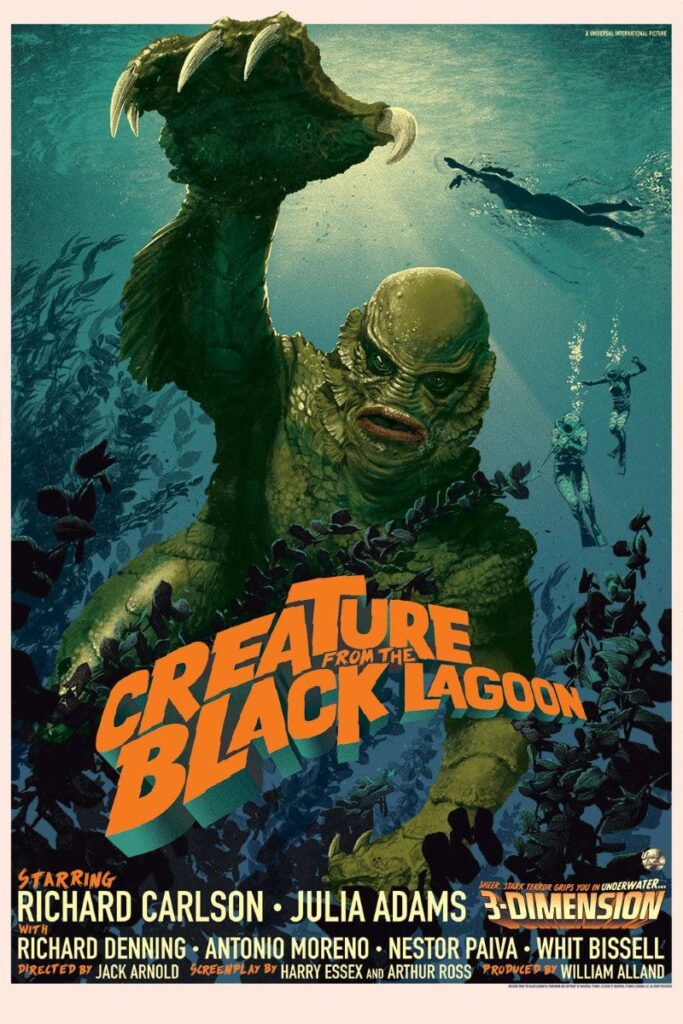Titanic Cephalopod for DCC
Today is the first day of my summer vacation, and so it’s time to hit the beach and witness the destruction wrought by Ray Harryhausen’s giant octopus, the true star of 1955’s atomic mutant monster classic It Came from Beneath the Sea.
Cephalopod, Titanic
A titanic cephalopod staggers the imagination. Its tentacles stretch more than 300 feet. Its mantle is 30 yards across. Its massive beak can crush boulders. The monster’s weight is incalculable. Strange energies imbue its invertebrate body with the strength and durability needed for its form to withstand its own mass. Perhaps worst of all, a titanic cephalopod can survive for a few hours on land, and it possesses an uncanny degree of problem-solving ability.
Init -2; Atk tentacle +20 melee (2d10) and beak +25 melee (4d12); AC 25; HD 20d12; MV crawl 40′ or swim 80′; Act 8d20; SP crush, regeneration, swallow whole; SV Fort +21, Ref +11, Will +11; AL N.
A titantic cephalopod regenerates 2d12 points of damage at the end of each round, including the round it’s killed. If reduced to a number of negative hit points so great that it cannot regenerate to at least 1 hit point in a single round, a titanic cephalopod dies. Wounds inflicted to its interior anatomy regenerate before other wounds.
A titantic cephalopod is so large that it cannot effectively deploy its tentacles or beak attacks against creatures giant-sized or smaller. On land against such prey, it simply shifts a portion of its massive bulk to crush its targets. This attack affects a 45-foot radius within 100 feet of a titantic cephalopod, inflicting 10d12 points of damage to affected creatures, each of whom may attempt a DC 30 Fort save for half damage. In water, a titanic cephalopod sucks in thousands of gallons of water, affecting a 60-foot-wide, 40-foot-long cone. Creatures in the cone that fail a DC 30 Ref save are swallowed whole. A titantic cephalopod’s digestive enzymes rapidly dissolve soft tissues, inflicting 2d7 points of damage per round. It might be possible to quickly hack one’s way out of the monster’s digestive cecum to less toxic parts of its interior anatomy.
Tales claim that sailors swallowed whole by a titanic cephalopod have survived by living within the beast’s non-digestive organs, there encountering strange marine creatures, survivors of lost vessels, et cetera. The truth of these tales is suspect.





